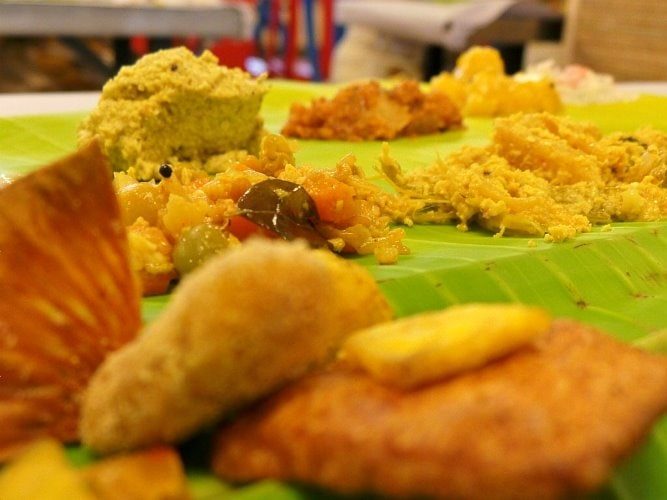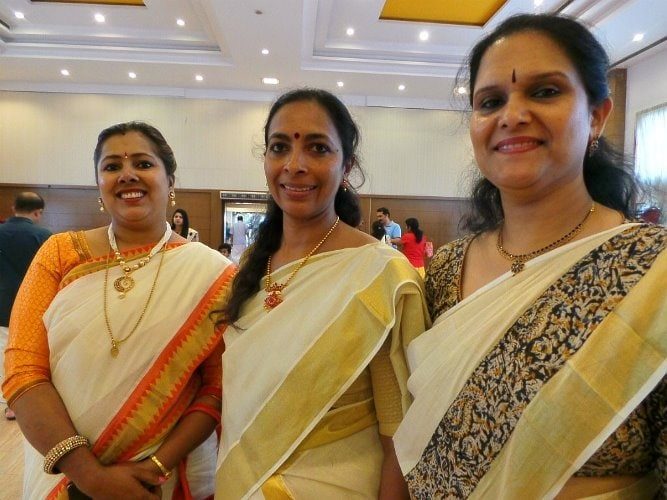According to the Malayalam calendar, Chingam is the month of Onam. The time of rains, harvest, boat race, fresh flowers, great food and the return of the great king Mahabali. And to welcome the dear king, the subjects decorate the front yards of their homes with the Pookkalam (also called Atthapookkalam), which is the flower carpet. Onam begins with the Hasta Nakshatra (star) and the last day is Thiruonam, which is the tenth day. When one of my friends posted pictures of Pookkalam with a base of mud, I was surprised. This was the first time that I had seen such an arrangement. I was under the impression that what we see in the cities with just the flower petals and leaves was how the pookkalam was done. This got me to check with friends from Kerala and find out the Pookkalam as in the yester years and also rural Kerala. And this was what I found out.
[ngg_images source=”galleries” container_ids=”3″ display_type=”photocrati-nextgen_basic_slideshow” gallery_width=”500″ gallery_height=”300″ cycle_effect=”blindX” cycle_interval=”2″ show_thumbnail_link=”0″ thumbnail_link_text=”[Show thumbnails]” order_by=”sortorder” order_direction=”ASC” returns=”included” maximum_entity_count=”500″]
In the earlier days, cow dung would be applied to the front yard to keep it clean and dust free (this was before the tiles). Its anti bacterial properties also acted as a dis-infectant. During Onam, before decorating the front yard, it would first be cleansed with cow dung. After identifying the place for the Pookkalam, which was usually near the sacred Tulsi, one layer of cow dung would be used as a base. After the base was prepared, cow dung was placed in a cylindrical form. Traditionally, the flowers and leaves to be used for decoration are also laid down according to the day. On the first day, tulsi and tumba flowers are placed in the centre. On the second day, which is the Chitra nakshatra, the flowers from the earlier day are replaced with tulsi, tumba and mukkuthi. Tulsi is not only a sacred plant, but its leaves have a sweet aroma. Only from the third day onwards, which is the Swathi nakshatra, red flower petals are used to decorate the arrangement in circles. With each day, the circles of flowers extend. Ixora (chethi), Shankhapushpa, marigold, globe amaranth (Vada Malli), crape jasmine, hibiscus, red pagoda flowers, mandaram are some of the flowers used in the decoration.





















